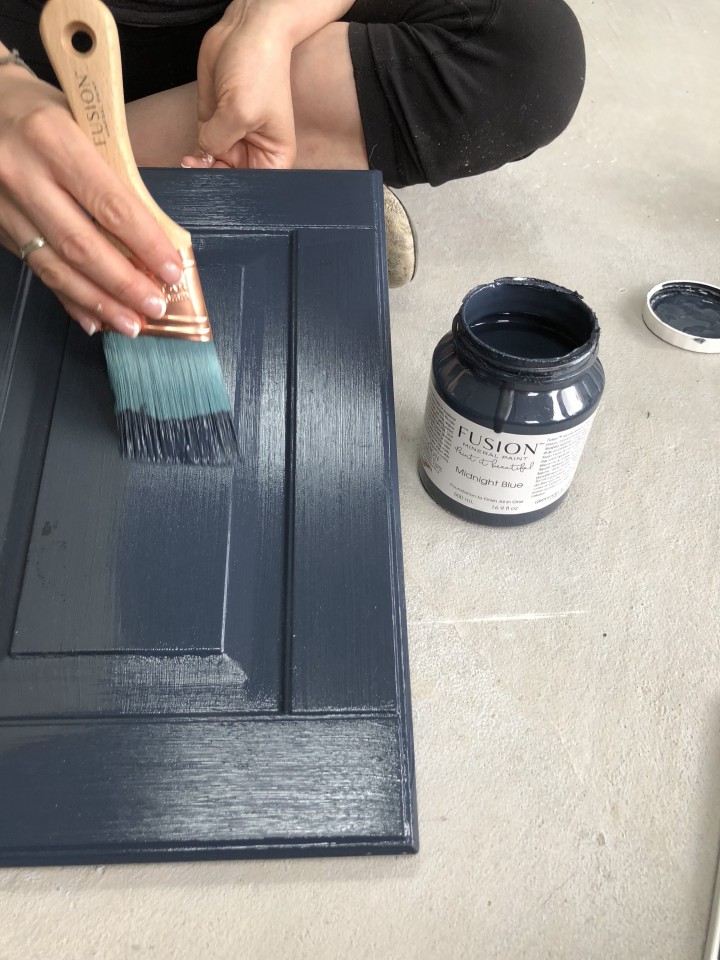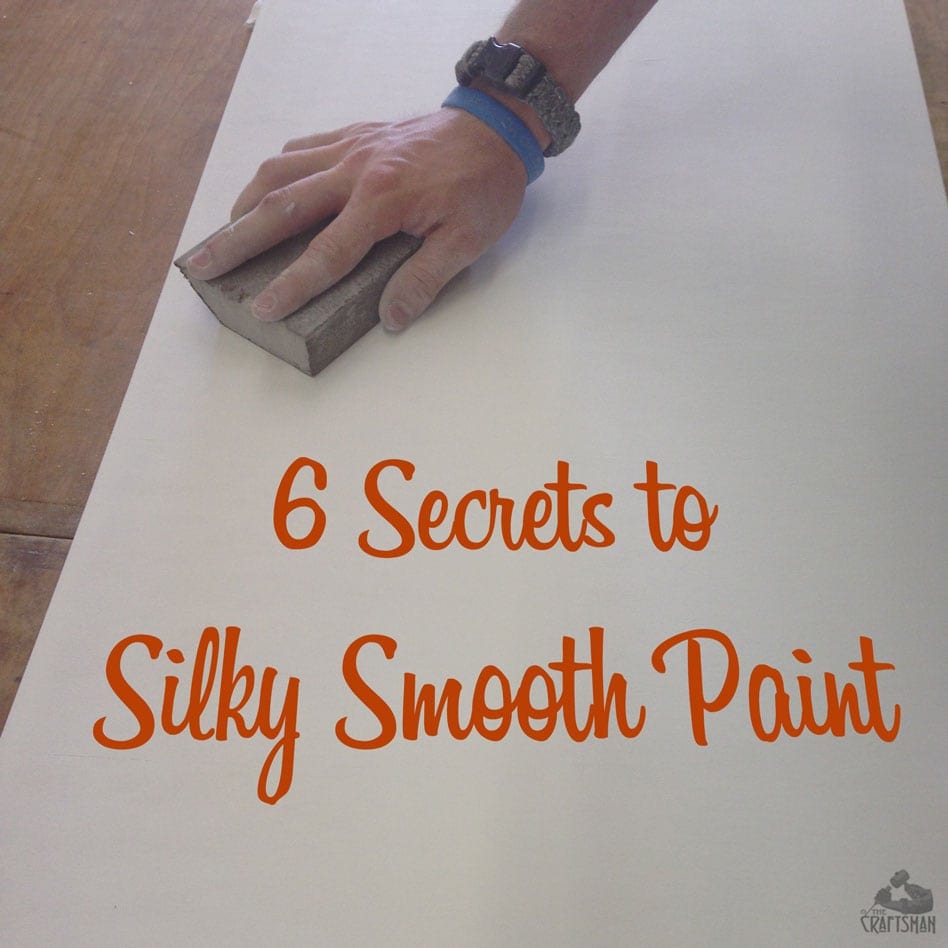
If you have a pneumatic air compressor, usage high-pressure air to blow the dust out of crevices or molding details. Clean down the locations to be painted with a tack fabric to get any staying sanding residue. Use an even coat of primer-sealer to all surface areas to ensure a well-bonded surface coat.

Another advantage to a primer-sealer is that it provides a great base for semigloss, water-based paint. High-gloss enamel paint was as soon as the chosen surface for cooking area cabinets because it withstands spots and water and is quickly cleaned up, however today's water-based surfaces are simpler to deal with and offer a similarly resilient finish (Cabinet Painting Contractors 28213).
This enables you to work rapidly in the less critical locations, and enables you to see and correct any drips or spots on the most noticeable locations - Cabinet Painters 28204. Next, paint the cabinet doors and drawer fronts, in addition to any different wood pieces or moldings. If these parts have raised or routed functions, make certain to flow the paint into crevices and corners, but don't permit it to accumulate in these spots.
Thin coats leave fewer noticeable brushstrokes and dry quicker. Do not lay the finish on heavily and don't overwork the brush a lot of brush strokes will create air bubbles in the surface, leaving bumps and pits when it dries - Cabinet Painting 28227. Permit the paint to dry for at least 4 hours between coats.
Two coats of quality paint are usually adequate, but you might wish to include a third coat because kitchen cabinets take lots of penalty from cooking heat and daily use, and wood surface areas need all the security they can get.
Painting Cabinet Doors W/o Brush Marks - Jlc-online Cabinet Painting 28209 Forums Things To Know Before You Get This
Desire to accelerate the task? Choose a fast-drying guide for the first coat. Read the label for details on recoating time and to make certain the primer is compatible with the paint you're preparing to use (Cabinet Painters 28217). Pro Pointer: Use an enamel underbody guide. Water-based paint has come a long way, and some top-quality acrylic alkyd hybrids competing oil-based paint.
Oil-based paint dries gradually and levels well. This gives you more operating time and less brush marks. Also, when they're dry, oil-based guides like Benjamin Moore Clean Slate Enamel Underbody sand easily to provide a best base for your surface coat. Cabinet Painting Contractors 28204.
3 out of 5 Moderate Though it's just paint, getting the brushwork right takes time and persistence. Drill/driver Paint scraper Putty knife Shop vacuum with drywall-dust filter Random orbit sander Nylon-Polyester chisel-tip Paint brush - 2 1/2- Inch Security goggles respirator fitted with natural vapor cylinders Chemical-resistant gloves If your kitchen cabinets are solid but outdated and dark, a fresh coat of paint can go a long way towards transforming the space without draining your checking account - Cabinet Painters 28202.
" You don't require to spray to get a smooth finish," states painting professional John Dee, who has dealt with a variety of This Old House TV projects. He typically brush-paints cabinets anyway since it gives him more control and avoids the danger of paint spray winding up where it's not desired.
But the result is a durable, glass-smooth finish that's the equal of anything from a spray weapon. "You just need to use the very best materials and put in the time to sand and do the brushwork right," Dee says. Keep reading for our ideas for painting kitchen cabinets. Before starting a kitchen paint task, empty the cabinets, clear off the counters, and get rid of freestanding home appliances.
Everything about How To Paint Your Kitchen Cabinets In 5 Easy Steps

Tape rosin paper over the counter tops and floor covering, and tape plastic sheeting over the backsplash, windows, repaired devices, and interior entrances (to protect the rest of the home from dust and fumes). Mask off the wall around the cabinets. Lastly, established a worktable for painting doors, drawers, and racks.
" Old cabinets are covered with whatever from hand oils to oily smoke residue to scared gravy," states Dee. "You have actually got to get all that off or the paint will not stick." Back out the hinge screws from the cabinet frame and eliminate the doors. Working methodically from left to right, top to bottom, label each one with a numbered piece of tape.
Reserve the shelf-hanging hardware. At your worktable, get rid of the pulls and hinges and conserve what's being reused. On the doors, transfer the number from the tape to the exposed wood under one hinge. Cover it with fresh tape. Open the windows for ventilation and put on security equipment. Scrub down all of the face frames, doors, drawer fronts, and shelving with an abrasive pad dipped in liquid deglosser.